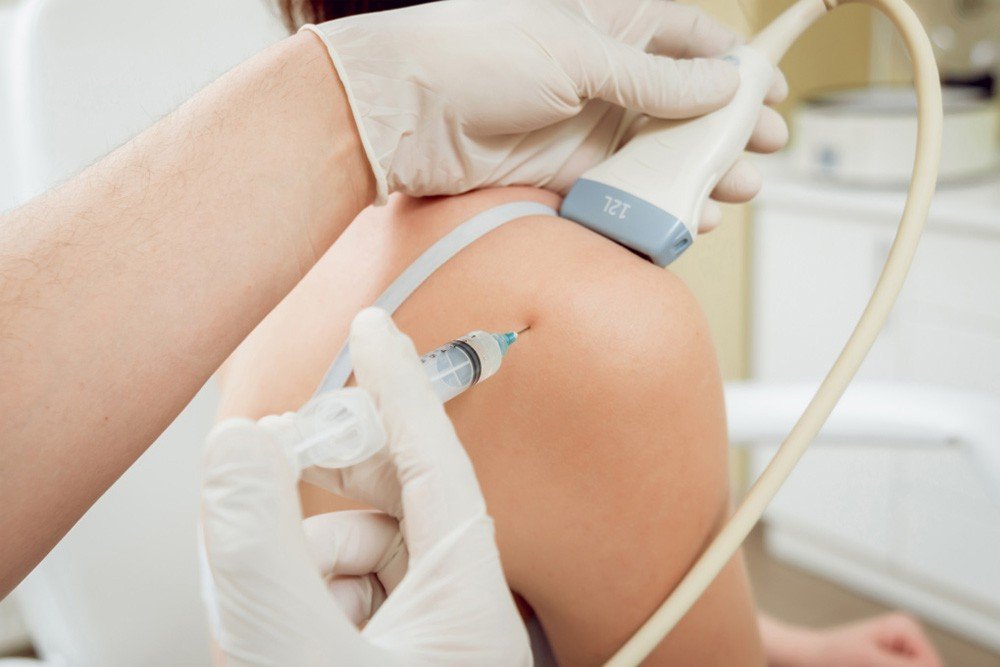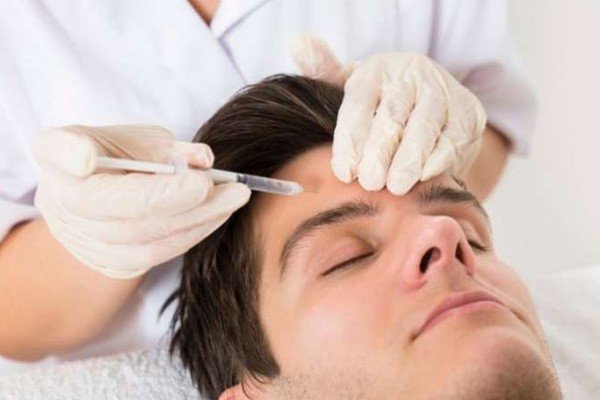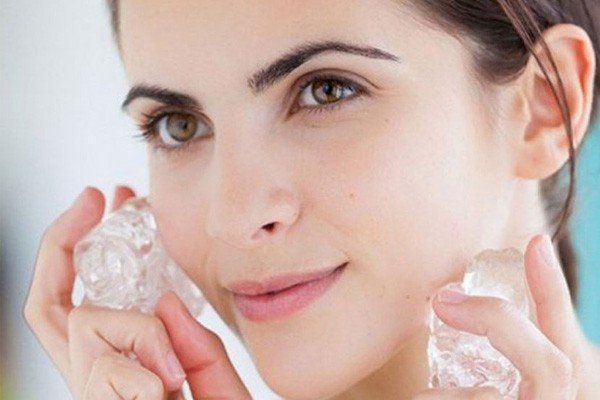How Long is the Recovery from PRP Shot

Are you wondering about the after-effects of getting PRP therapy? The recovery from PRP shot depends on the particular medical or aesthetic issue you have. Your doctor will explain in detail what you can expect from the treatment and the precautions you may have to take. By following the recommendations, you can speed the recovery and get effective results.
Are you planning to get PRP therapy? Then, one of the primary concerns you’ll likely have is the downtime involved. You’ll want to know how long is the recovery from PRP shot. And, the time before you can go back to work and other daily activities.
Let’s answer some of the main queries you probably have about the time frame for recovery involved.

Recovery from PRP Shot Depends on Your Medical or Aesthetic Issue
As the medical practitioner will tell you, the recovery time after PRP treatments typically depends on the medical or aesthetic issue for which you’re getting treatment. For instance, PRP facials and PRP hair loss treatments may only need you to take care for 2 to 3 days. Further, you won’t have to take many precautions aside from staying out of the sun or avoiding certain anti-inflammatory medications or chemical applications.
On the other hand, PRP knee injections for sports issues may involve getting a careful physical therapy protocol afterward. You may have to follow a progressive exercising plan that improves range of movement and eases any stiffness. Typically, this program lasts for 3 to 4 weeks. And, the effects of therapy can last for at least 6 months depending on how well your body responds to the treatment.
The aftercare procedures you need can determine the final PRP injection cost you’ll pay. Even so, you’ll find that the total cost of the therapy is far lower than the expense of getting conventional treatments. You can also expect more effective and long-term relief.
How Long is the Recovery from PRP Injection in Heel
Let’s talk about PRP injection in the heel as an example. Like Mayo Clinic explains, several factors can cause pain in the heel. Should you consult a doctor for solutions, you may receive recommendations of conventional options. However, most of these options only provide temporary results. Some of the causes that respond well to PRP therapy include plantar fasciitis, Achilles tendonitis, arthritis, injury, and excessive use among others.
With PRP injections, you’ll find that the time for recovery from PRP shot is about a week. Most patients continue to feel some amount of pain. After this time, you should notice a steady improvement over the next 3 months. And, there may be days when you don’t notice any pain at all. Studies were conducted at the National Center for Biotechnology Information on patients who received injections of 1.5ml of the PRP serum in each heel. Doctors found that patients had pain relief that lasted for up to 12 months post-treatment.

How Long Does it Hurt After a PRP Shot
Doctors take the utmost precautions to minimize the discomfort from the therapy and provide painless PRP injections. Typically, the soreness and some amount of inflammation after the shot last for 2 to 3 days. And, the discomfort can be easily managed with basic over-the-counter medication like Tylenol. The swelling you see in the treated area is a sign that the healing is progressing as planned.
The repairing elements in the PRP serum such as cytokines, platelets, mesenchymal stem cells, growth factors attract other healing cells. They signal the body that the area needs healing. In response, your body floods the location with a cascade of compounds. This cascade works quickly to repair the damaged tissues by way of the body’s natural healing reactions. And, that’s the reason why you see the inflammation.
How Doctors Lower the PRP Injection Recovery Time
Here are some of the steps the expert practitioner may take to help speed the recovery from PRP shot.
- Doctors use an extremely fine needle when administering the PRP injection.
- Depending on the specific issue under treatment, they may use digital imaging devices to place the serum with precision. In this way, the needle will be in and out before you know it. And, that helps lower the post-injection soreness.
- Additives in the PRP serum like epinephrine has several advantages. For instance, the compound acts as a pain reliever and helps raise the concentration of platelets for more effective results. Since epinephrine is an anti-allergy agent, it can minimize the possibility of adverse reactions.
- By using photoactivation procedures, doctors can further lower any pain and discomfort. Once the PRP injection is ready, it is placed in a device that exposes the serum to light at low-intensity. As a result, the compounds in the serum release beta-endorphins that lower the pain and inflammation. When introduced in the treatment site, the PhotoActivated PRP or PAPRP stimulates quick recovery from PRP shot.

You Can Take Steps for Faster Recovery from PRP Shot
On your part, by taking a few precautions, you can shorten the recovery time from your PRP treatments. Follow your doctor’s recommendations like taking the prescribed pain medications. You can also ice the treated area for 10 to 20 minutes at a time several times a day. You’ll soon see the swelling and redness settling. If you’ve taken treatments for facial rejuvenation or hair loss, staying out of the sun can also help. After the initial few days up to one week, you’ll start to see steady improvement and the effects may last for 12 months or so.
Do you have more queries about the recovery from PRP shot? We welcome your questions. Please contact us at and we’ll get back to you with detailed responses. You can also call us at this number: (888)-981-9516 and talk to our expert consultants.
Have you tried PRP therapy before? Were you happy with how the recovery progressed? What are your impressions of the results? Please share your experiences using the comment box below.
References:
Me and my operation: How a teaspoon of my own blood banished years of foot pain